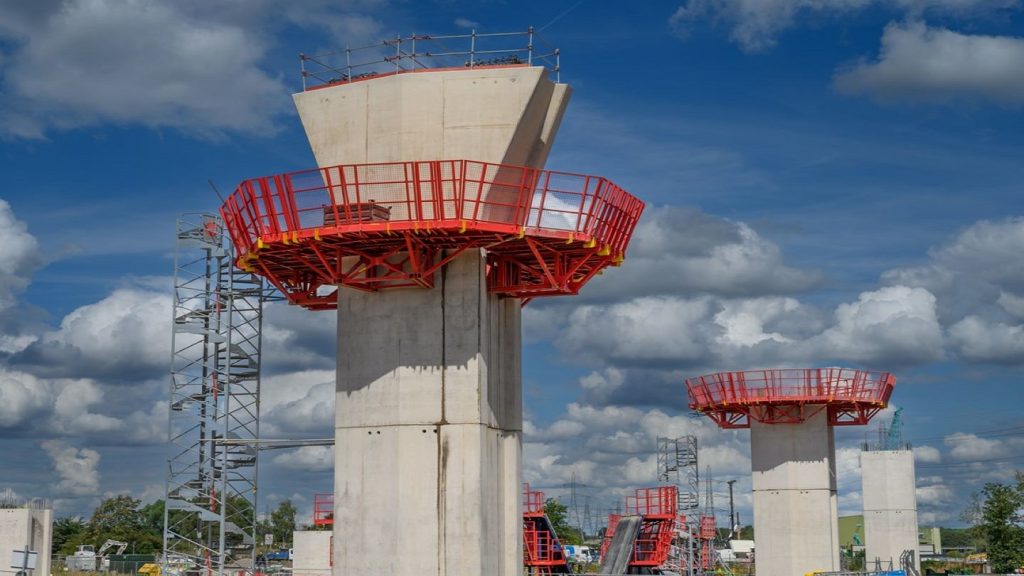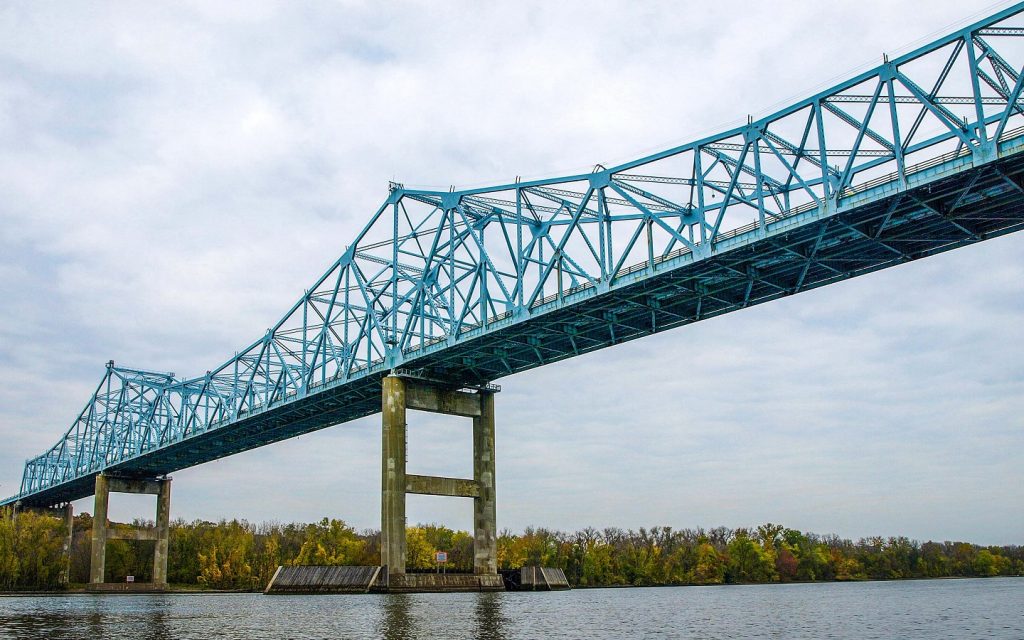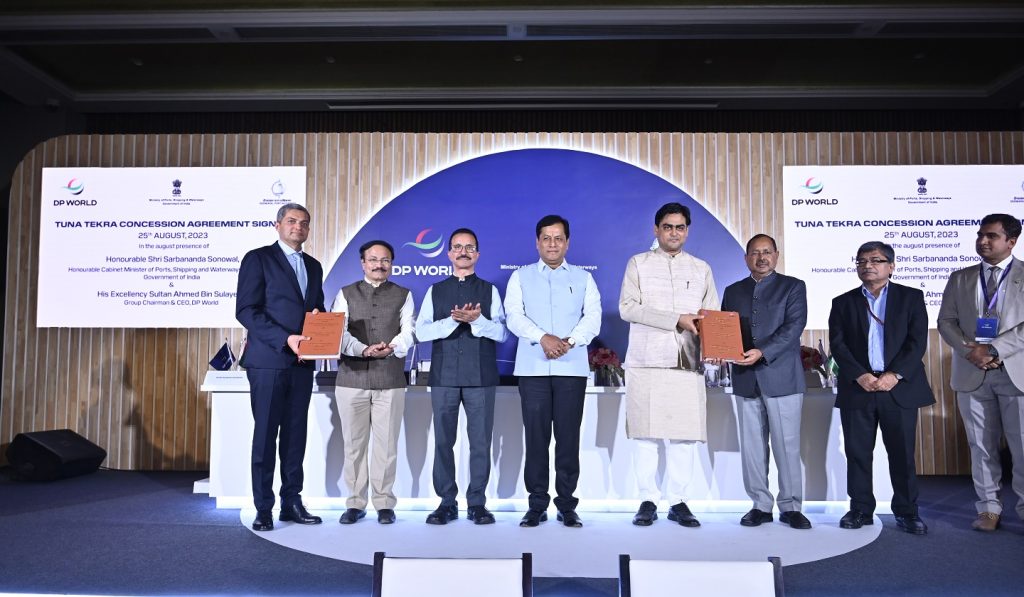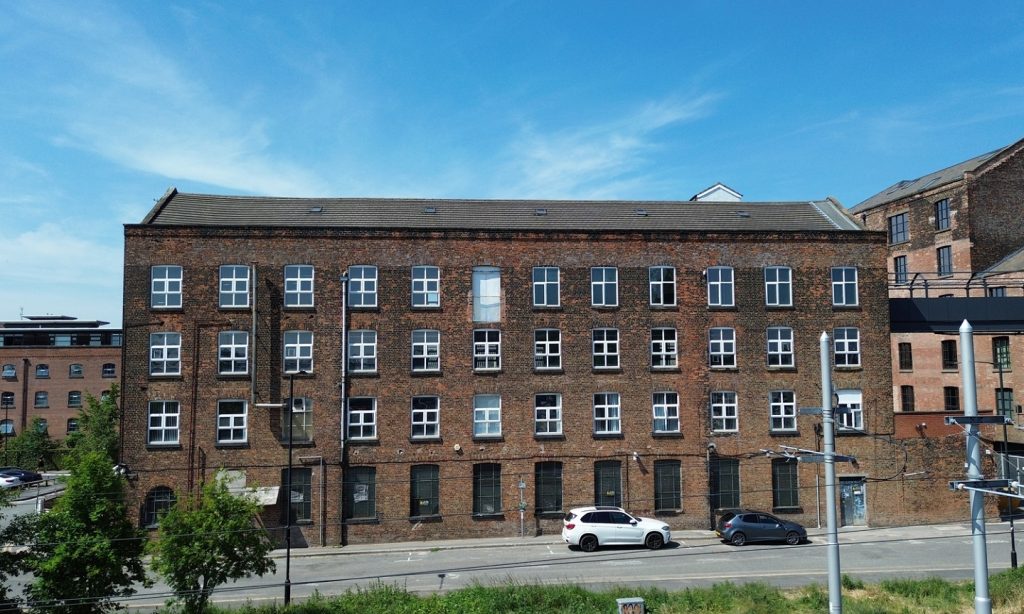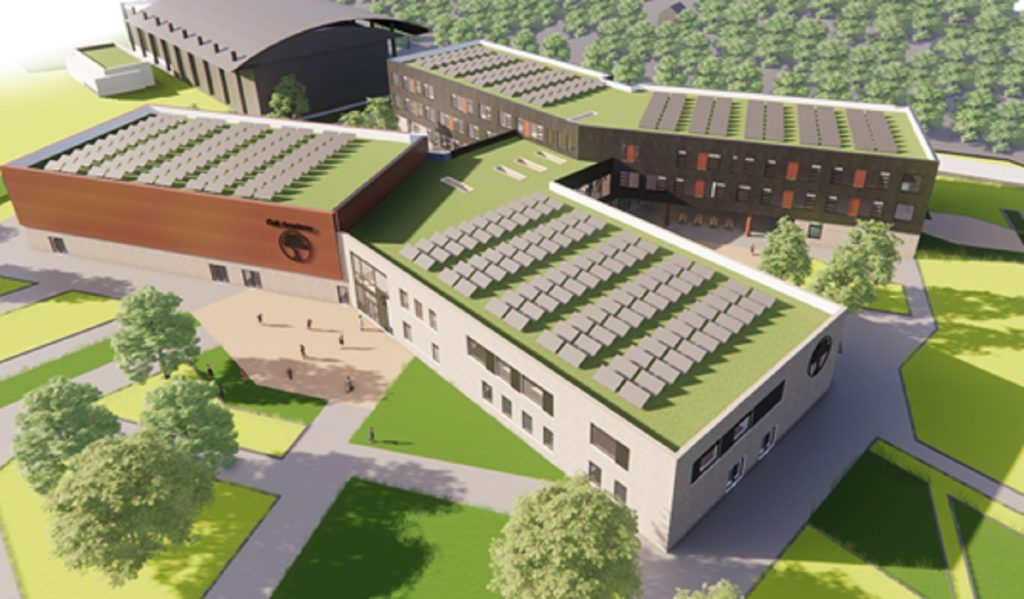Balfour Beatty VINCI has concluded the construction of the first of 32 giant piers for HS2’s inaugural Water Orton Viaducts, advancing construction efforts for the Delta Junction in the UK.
Delta Junction is a triangular section of the high-speed railway, which will feature nine precast segmental viaducts, embankments, and other bridging structures. It covers about 10km of track crossing a network of motorways, roads, and rivers.
This junction is said to be HS2’s most complex network of structures in the West Midlands.
Serving as HS2’s main works contractor for the West Midlands, Balfour Beatty is currently constructing the 1,400m long northbound and southbound, structures.
These structures will connect HS2's Birmingham Curzon Street Station with Crewe and Manchester.
The two Water Orton Viaducts, standing at a maximum height of 20m, will become one of the tallest constructions along the HS2 route.
They will carry trains over crucial transport corridors like the M42, the Birmingham to Peterborough railway, and the River Tame.
HS2 senior project manager for Delta Junction Sam Hinkley said: “This is another key moment for HS2 in the West Midlands as work ramps up on one of the most complex sections of the whole route.
“The Delta Junction is HS2’s key interchange where the new zero-carbon high speed railway will connect between London, the Midlands and the North.
“Minimising disruption to local communities in this area has been a key consideration in our planning, including the use of innovative pre-cast construction techniques, and haul roads to take lorries off local roads.”


